Breaking News


Popular News


Learn about Site Reliability Engineering, key principles, best practices, measuring availability and performance, and the benefits of SRE for high availability.In today’s digital world, ensuring high availability and performance of websites and applications is absolutely crucial. This is where Site Reliability Engineering (SRE) comes into play. SRE is a discipline that incorporates aspects of software engineering and applies them to infrastructure and operations problems. In this blog post, we will explore the key principles of SRE, how to implement SRE best practices, and the importance of measuring availability and performance. We will also discuss the various benefits of SRE in achieving high availability and maintaining optimal performance. Whether you are a developer, an operations team member, or a business owner, understanding SRE and its role in ensuring a seamless user experience is essential in today’s competitive digital landscape. So, let’s dive into the world of Site Reliability Engineering and uncover how it can help achieve the highest level of availability and performance for your digital offerings.
Contents
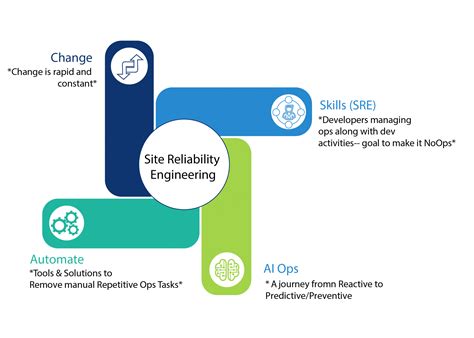
Site Reliability Engineering (SRE) is a discipline that incorporates aspects of software engineering and applies them to infrastructure and operations problems. The main goals are to create scalable and highly reliable software systems. SRE ensures that systems are running smoothly and efficiently with minimal downtime. This means implementing the necessary processes and tools to monitor, analyze, and optimize the performance and reliability of a system.
One key aspect of SRE is automation. By automating processes, repetitive tasks can be eliminated, thus reducing the potential for human error and increasing efficiency. Another important aspect is change management, which involves carefully planning and testing any changes to the system in order to minimize disruptions and risks.
Overall, SRE is focused on ensuring high availability and performance of systems, which is crucial in today’s technology-driven world where downtime can have significant financial and reputational impact on businesses.
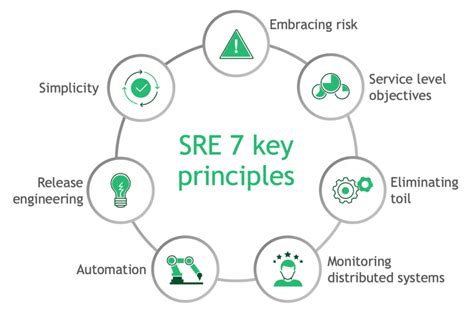
Key Principles of SRE
Key Principles of SRE
SRE or Site Reliability Engineering is an approach to managing large-scale, complex systems. The key principles of SRE are a set of best practices that focus on ensuring high availability and performance. The main goal of SRE is to create a balance between reliability and development velocity. This means that SRE teams are responsible for ensuring that systems are reliable and available, while also enabling rapid development and innovation.
One of the key principles of SRE is to use automation as much as possible. Automation helps reduce the risk of human error, allowing for more reliable and consistent systems. SRE teams use automation to manage deployments, monitoring, and incident response, among other tasks. By automating routine tasks, SREs can focus on more complex and high-value work, ultimately improving system reliability.
Another important principle of SRE is to measure everything. SRE teams use metrics and monitoring to gain insights into system performance and reliability. By measuring key indicators such as availability, latency, and error rates, SREs can identify potential issues and make informed decisions about system improvements. This data-driven approach enables SRE teams to proactively address issues before they impact users.
| Key Principles of SRE | Description |
|---|---|
| Automation | Reduce human error and improve reliability through automation |
| Measure Everything | Use metrics and monitoring to gain insights into system performance and reliability |
| Shared Ownership | Encourage collaboration between development and operations teams for shared responsibility |
Additionally, shared ownership is another key principle of SRE. SRE teams work closely with development and operations teams to ensure that all stakeholders share responsibility for system reliability. By promoting collaboration and communication, SREs can align incentives across teams and drive improvements in overall system reliability.
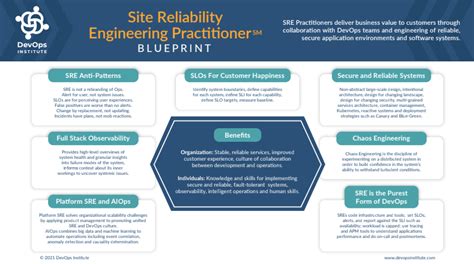
Implementing SRE Best Practices
Site Reliability Engineering (SRE) is a set of practices and principles aimed at ensuring the reliability, availability, and performance of a company’s systems and services. Implementing SRE best practices is crucial for organizations looking to maintain a high level of uptime and service quality for their customers.
One key principle of SRE is to treat operations as a software problem. This means using code to automate tasks, streamline processes, and proactively identify and address potential issues before they impact the end users. By applying automation and software engineering practices to operations, organizations can achieve greater efficiency and reliability in their systems.
Another important best practice in SRE is to measure everything. This involves collecting and analyzing data on system performance, reliability, and user experience, and using those insights to make informed decisions about improving and optimizing the system. With constant monitoring and measurement, organizations can identify areas for improvement and take proactive steps to enhance reliability and performance.
Furthermore, implementing error budgets is a crucial aspect of SRE. An error budget is a measure of the acceptable level of downtime or errors in a system over a given period of time. By setting and adhering to error budgets, organizations can strike a balance between pushing for new features and maintaining system stability, while also ensuring a high level of availability for their users.
| Key Best Practices in SRE |
|---|
| 1. Treat operations as a software problem |
| 2. Measure everything |
| 3. Implement error budgets |
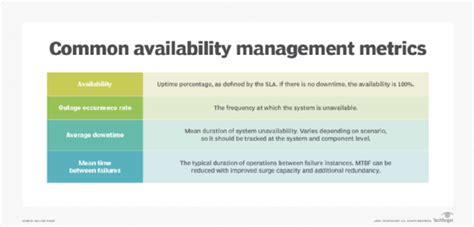
Measuring availability and performance is crucial in ensuring that a system or application is running smoothly and meeting the needs of its users. There are several key metrics that Site Reliability Engineers (SRE) use to track the availability and performance of a system. These include metrics such as uptime, latency, error rates, and throughput.
One of the main ways that SREs measure availability is by calculating the percentage of time that a system is accessible and functioning as expected. This is often referred to as the uptime of the system. SREs also monitor latency, which is the amount of time it takes for a system to respond to a request. High latency can be an indication of performance issues that need to be addressed.
Another important metric for measuring performance is error rates. SREs track the percentage of requests that result in errors, as well as the types of errors that are occurring. Understanding the types and frequency of errors can help SREs identify areas for improvement and prioritize their efforts.
In addition to these metrics, SREs also monitor throughput, which measures the amount of work a system is able to handle over a period of time. By tracking throughput, SREs can ensure that a system is able to meet the demands of its users without becoming overloaded.
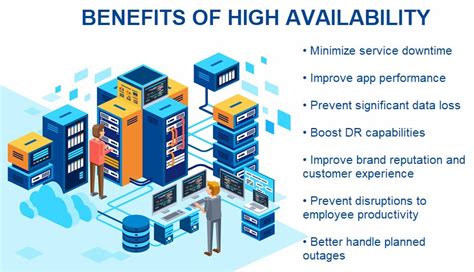
Benefits of SRE in High Availability
Site Reliability Engineering (SRE) is a discipline that incorporates aspects of software engineering and applies them to infrastructure and operations problems. One of the key benefits of SRE is its focus on high availability. By implementing SRE best practices, organizations can ensure that their systems are up and running, even in the face of software bugs, hardware failures, or unexpected traffic spikes.
Another benefit of SRE in high availability is the emphasis on measuring performance. SRE teams use SLIs (Service Level Indicators) and SLOs (Service Level Objectives) to quantify the availability and performance of their systems. This allows them to proactively identify and address potential issues before they escalate into major outages.
Additionally, SRE fosters a culture of collaboration between development and operations teams. By breaking down silos and promoting a shared responsibility for system reliability, SRE helps organizations achieve high availability through a holistic and integrated approach to infrastructure and software development.
| Benefits of SRE in High Availability |
|---|
| Focus on high availability |
| Emphasis on measuring performance |
| Culture of collaboration |

What is Site Reliability Engineering (SRE)?
SRE is a discipline that incorporates aspects of software engineering and applies them to infrastructure and operations problems.
Why is SRE important for ensuring high availability and performance?
SRE helps organizations build and maintain large-scale, high-performance services with the goal of improving system reliability, performance, and scalability.
What are the key principles of SRE?
The key principles of SRE include setting service level objectives (SLOs), error budgeting, monitoring, and performance optimization.
How does SRE differ from traditional operations roles?
SRE focuses on creating scalable and reliable systems through automation, infrastructure design, and performance optimization, whereas traditional operations roles often involve manual maintenance and firefighting.
What are some popular tools and technologies used in SRE?
Popular tools and technologies used in SRE include Kubernetes, Docker, Prometheus, Grafana, and Terraform, among others.
How can organizations implement SRE practices?
Organizations can implement SRE practices by establishing clear SLOs, creating error budgets, fostering a blameless culture, and investing in automation and monitoring.
What are the benefits of adopting SRE principles?
Some benefits of adopting SRE principles include increased system reliability, improved performance, reduced operational toil, and better alignment between engineering and operations teams.